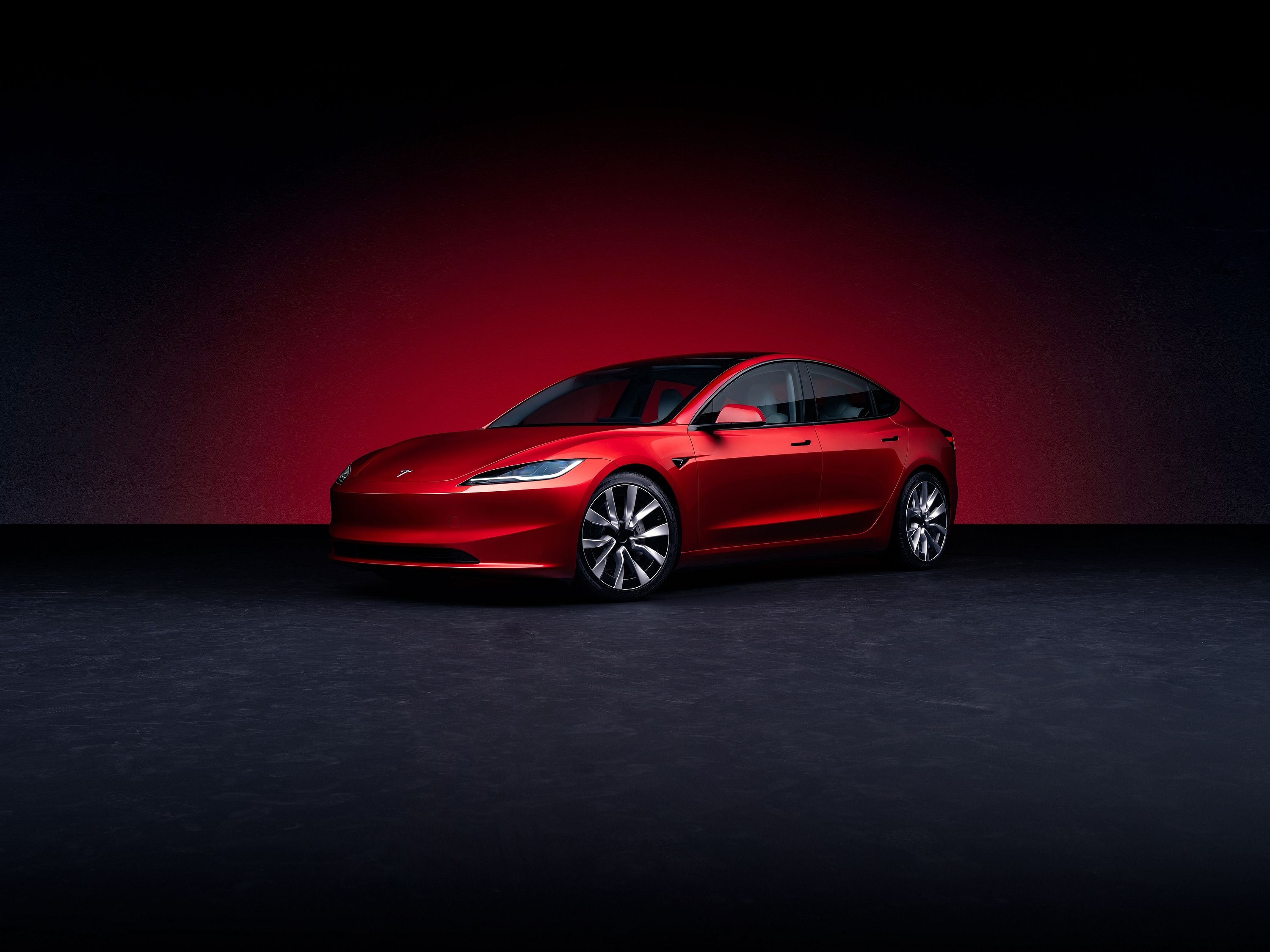
The amount of safety technology in new vehicles is bewitching. With every year it feels as if cars are inching towards full autonomy, and many new models can even drive themselves on a limited basis. All of that new technology is supposed to help make drivers safer, but a misunderstanding of how these systems work could be creating a new set of dangers.
Two new studies conducted by the Insurance Institute for Highway Safety show that consumers are often misled by names like 'Autopilot' and don't always comprehend the information being shown to them by the systems. "Current levels of automation could potentially improve safety," IIHS President David Harkey said. "However, unless drivers have a certain amount of knowledge and comprehension, these new features also have the potential to create new risks."
The fact the Internet is littered with cases of Tesla owners overusing Autopilot and paying the consequences with a crash is a perfect example of automakers' miscommunication in regards to what their technologies can do. When used correctly, Autopilot has the ability to make Tesla vehicles much safer, but when used improperly, it can put occupants at risk. The biggest issue drivers face in 2019 is a misunderstanding of how capable their car's systems really are.
Autonomous driving is broken down into six levels ranging from 0 to 5. Level 0 is a human driver doing everything, Level 1 can assist drivers with one task (like adaptive cruise control or lane keep assist), and Level 2 helps with multiple elements of driving but still requires driver attention. Only Levels 0-2 exist on new cars sold in 2019. Level 5 is a fully self-driving car with no steering wheel or pedals, and it may be years before this technology is widely available.
The IIHS surveyed 2,000 people and asked them about Level 2 systems currently on the market without telling them what brand they come from. These systems included Autopilot (Tesla), Traffic Jam Assist (Audi and Acura), Super Cruise (Cadillac), Driving Assistant Plus (BMW) and ProPilot Assist (Nissan). 48% of respondents said they believed Autopilot allowed for hands-free driving while the others were scored at 33% or lower.
For reference, Cadillac's Super Cruise is the only hands-free system available and it only works on certain highways. More worryingly, 6% of people said it would be ok to take a nap using Autopilot and 3% thought the other systems would allow it. These systems may be designed to help make drivers safer, but automakers clearly need to do a better job explaining how they work and what their limitations are.
